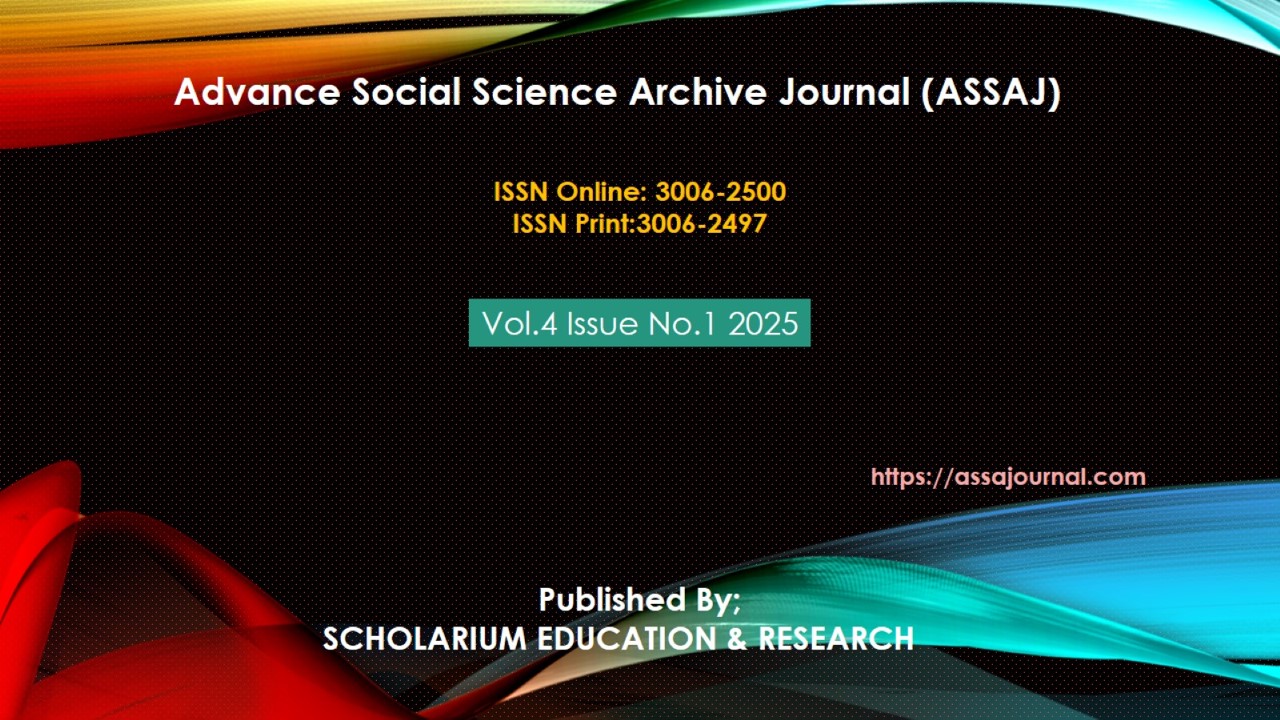Gilgit-Baltistan conflict between India and Pakistan
https://doi.org/10.5281/zenodo.17203009
Abstract
Gilgit-Baltistan is a disputed territory with longstanding geo-strategic complications between India and Pakistan. This research examines the multifaceted dynamics of the conflict, including the historical perspectives of Gilgit-Baltistan, the strategic interests of international powers, the imposed domestic bureaucratic governance system, constitutional packages, their impacts, and the conflict resolution mechanisms that are less influential. Moreover, the research examines the historical connections between Jammu & Kashmir and Gilgit-Baltistan. It also investigates the articles of various writers regarding the abrogation of Article 370 by the Indian Parliament. It further investigates the interests of external actors like China, India, and the US, which have economic and strategic interests in the territory. The central research question for this paper is “How is the contemporary constitutional status influencing the youth of Gilgit-Baltistan? What strategies are adopted by non-local stakeholders to extract natural resources from the region? This research paper employs a qualitative research method. The research has focused on the central theory of International Relations, “Realism”. As India and Pakistan are trying to suppress the matter under the Kashmir cause. Both superpowers are in competition with each other in military installations in the area. These two Asian powers are not willing in referendum to shift their contemporary status. The contemporary constitutional status of the region has increased frustration among the youth of Gilgit-Baltistan. The conflict requires regional cooperation with a holistic approach to regional stability.
Keywords: Gilgit-Baltistan, Conflict, Kashmir- Cause, Constitutional Framework, Political deprivation, Resource exploitation, Military Installation.





